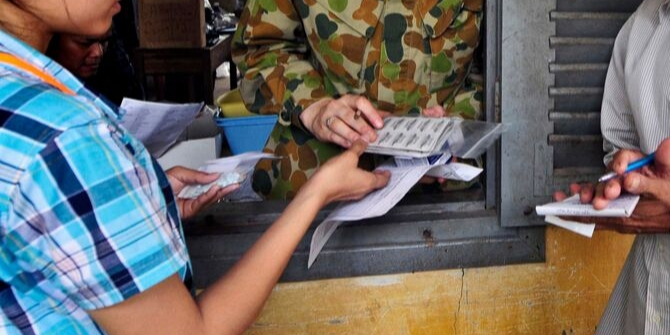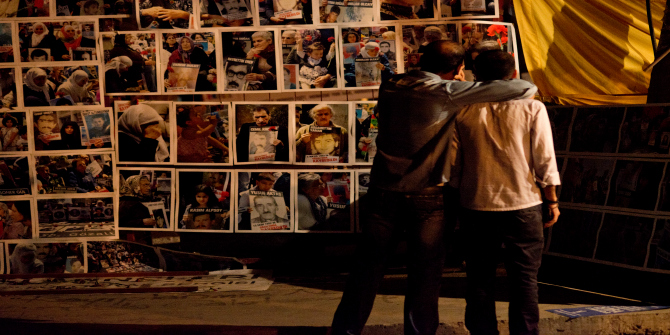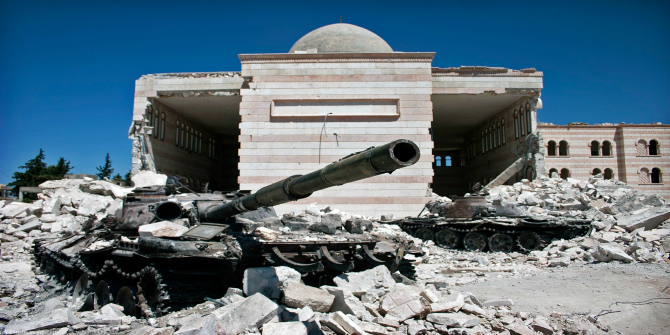In Fixing Stories: Local Newsmaking and International Media in Turkey and Syria, Noah Amir Arjomand examines the overlooked role of local fixers who facilitate international news production, focusing on Turkey and Syria. This book offers a fascinating journey backstage into the work that ensures news reaches an audience, writes Elif Zaim.
Fixing Stories: Local Newsmaking and International Media in Turkey and Syria. Noah Amir Arjomand. Cambridge University Press. 2022.
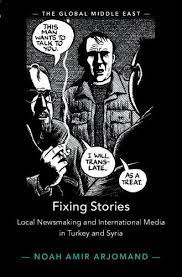 Find this book (affiliate link):
Find this book (affiliate link):![]()
When foreign journalists parachute into a country to cover a story, they usually rely on fixers. Fixers are local colleagues who operate behind the scenes, assisting reporters by setting up interviews with sources, translating for them as well as coaching them on the background of issues to help contextualise news pieces. While fixers often remain invisible and their work goes unacknowledged, international news production would not be possible without their contribution. Fixing Stories: Local Newsmaking and International Media in Turkey and Syria by Noah Amir Arjomand takes readers on a remarkable journey into the inconspicuous world of fixers.
Arjomand states outright that all the people narrated in the book are fictional characters including fixers, reporters, producers and editors. He also includes himself as he worked both as a reporter and a fixer while conducting this research. These characters, he explains, are an amalgamation of real figures he came across during his fieldwork. While it is impossible to corroborate many of the stories, as Arjomand himself acknowledges, being a Turkish national with a journalistic background I cannot help but attempt to guess who these individuals could be. This made me appreciate the author’s choice to produce composites to protect the anonymity of the participants and ensure their safety. It is also a testament to his success in creating various well-grounded, credible characters.
Arjomand starts by sketching the origins of the fixers who feature in the book and weaves their personal stories into contemporary socio-political developments in Turkey and Syria. Walking the reader through their trajectories, the author embellishes the characters with many rich details and astutely points out local nuances. This impressively portrays the inner and outer worlds of the fixers which determine the way in which they carry out their jobs. These depictions also contribute significantly to our understanding of fixers’ differences in forming relations with foreign reporters and their future aspirations.
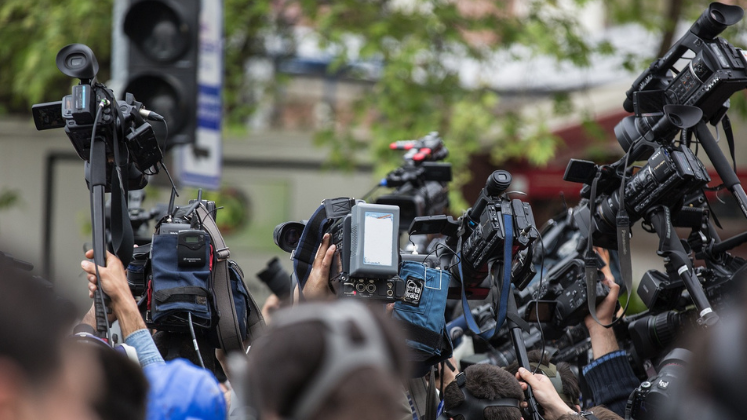
Image Credit: Image by Engin Akyurt from Pixabay
The book introduces additional figures, such as correspondents, stringers and producers, to provide a rare account of how domestic stories are turned into international news. Despite this ostensible categorisation of positions, Arjomand contends that roles in news production are frequently transitive and overlapping. The author explains that fixers are particularly in an ambiguous situation, both due to their connection to the local society and the work they do, carrying out a diverse range of tasks from translating to conducting interviews on behalf of reporters. However, Arjomand argues that labels still dictate one’s rank in the chain of news production, the degree of authority that comes along with that as well as granting greater public visibility and credit. As a result, fixers tend to remain on the sidelines regardless of their contribution, and most of the time this is by choice as it is in exchange for the security provided by invisibility.
Arjomand also examines what he calls ‘the fixer’s paradox’. He delves into the predicaments faced by fixers as they balance their social capital among both reporters and sources to avoid failing either of them. He looks into how fixers are trying to exist both as an insider in the community and an outsider professionally, standing at the intersection of disparate worlds. Fixers tapping into the same seasoned sources, again and again, to help reporters meet deadlines or pairing certain interviewees with particular journalists based on their perceptions of the latter are among the examples of actions taken by Arjomand’s characters to manage such situations.
Perhaps one of the most interesting parts of the book is the discussion of the way in which information is transmitted and transformed in a sequence focusing on the interaction between fixers and reporters. According to Arjomand, reporters usually come to the fixers with a framed story idea and convey their expectations. While that frame draws the boundaries of the news piece, he argues that fixers have the flexibility to impact the story through the choices they make within those confines. Accordingly, the author illustrates that it is the fixer’s ability, network, background and understanding, not only of the issue at stake but also of the reporter, that to a great degree shape the content of the story. That being said, Arjomand likewise demonstrates that reporters’ capacity to make sense of the interviews and events, and the time and resources they have at hand, influences whether the product is an original news piece or a derivative one.
Although there is no doubt that Arjomand is very knowledgeable about the topic, the book could have been more encompassing in at least three respects: in terms of people, time and place. Relating to people, the book’s characters fail to reflect the complexity of the socio-political landscapes in both Turkey and Syria. For instance, there is no focus on fixers with nationalist or conservative backgrounds nor on the diversity within international media as the book focuses on Western journalists. In reality, the spectrum is much wider and comprises influential outlets established by different countries ranging from Qatar to Russia and China.
Secondly, Arjomand covers an eventful period between 2013 and 2016 that rightly necessitates selection. However, there are crucial occasions like elections in Turkey, the implications of Russia’s intervention in Syria and the Assad regime’s war crimes and crimes against humanity that made headlines during this time. These could have been included in the narrative to provide a more holistic account.
Finally, the selection set in Syria feel somewhat deficient as it appears the author has conducted the bulk of his fieldwork in Turkey while relying on Syrian fixers who were refugees inside the country. Similarly, I cannot help but wonder why Arjomand did not feature Ankara, Turkey’s capital, which would have been the place to be for journalists and thus fixers during that period. Still, the author’s choices support his argument that one’s network, background and perspective shape the content of the narratives being produced, in this case reflecting Arjomand’s own dispositions and assets.
All in all, Arjomand’s astutely written work will certainly appeal to a wide audience despite the niche topic it tackles. For anyone interested in learning more about international news production, Fixing Stories is a fascinating journey backstage where the actual work is done before the news reaches the audience. For rookie journalists, it is an invaluable blueprint on the ins and outs of international news reporting; for experienced hacks, the book is an insightful read examining a period that exerted significant sway on the political trajectory of Turkey. Finally, Arjomand’s multidisciplinary way of blending a diverse range of theories from cultural anthropology to journalism studies, as well as the questions he poses at the end of the book, would draw the attention of students and scholars alike while paving the way for new research and novel debates.
Note: This review gives the views of the author, and not the position of the LSE Review of Books blog, or of the London School of Economics and Political Science. The LSE RB blog may receive a small commission if you choose to make a purchase through the above Amazon affiliate link. This is entirely independent of the coverage of the book on LSE Review of Books.


